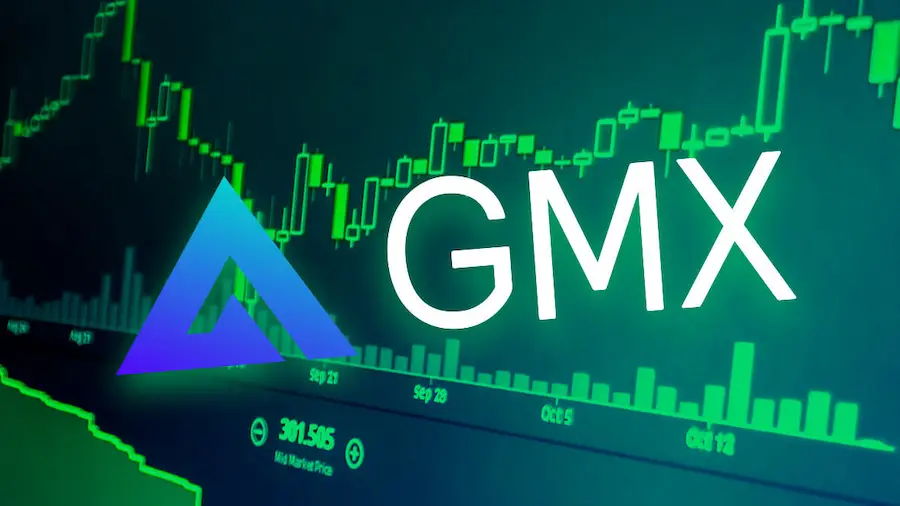If anyone has never had a deepfake it means that he is not a real vip. Trump, Putin, Obama, but also Mark Zuckerberg, Scarlett Johansson and Katy Perry, even our Renzi were all victims of a fake video. Instead of a well-made-up actor or an impersonator, these clips portray the character in question with total realism, but it is a sensational fakea fake, indeed a deepfake.
This term circulates on the net since the end of 2017 when it was coined by a Reddit user to create a discussion category on some manipulated pornographic videos. The initially niche phenomenon then exploded and today it only partially represents a fun mode of entertainment, most of the time it is about a real cyber threat.
What exactly are we talking about? Deepfake is a word composed of the term “deep”, which stands for “deep learning”, and “fake”, which obviously means “false”. Deep learning is an advanced artificial intelligence (AI) technique, which using various algorithms, is able to automatically process a series of information, in this case with the aim of manipulating people’s appearance by stealing their identity.
Due to the large amount of data and images available on the network, celebrities and politicians are the most frequent victims of deepfake: their faces can be easily used to create fake news or to counterfeit pornographic videos, but this risk is progressively involving even lesser known characters. In fact, advanced artificial intelligence systems take advantage of photos, selfies and short videos easily available on social networks.
Some examples of deepfakes performed on prominent personalities have become famous. One of these is that of the actor Jordan Peele who created a video in which he uses authentic footage of Barack Obama combined with his imitation of the former American president precisely to raise an alarm against counterfeit videos. He is also famous for that of Mark ZuckerbergCEO of Meta, who apparently talks about how Facebook controls the future using stolen data, especially on Instagram.
In this trap Elon Musk also recently fell victim of an online scam that, using his fake speech, prompted thousands of users to sign up for an online trading platform. The same technique was used last March when a deepfake by Ukrainian President Volodymyr Zelenskyurged the troops of his country to surrender to the Russian forces.
All social platforms are constantly engaged in identifying and removing these videos but the technological evolution makes the recognition of deepfakes increasingly difficult and containing its diffusion is not trivial. Especially when these movies get under the radar. In particular worries about the spread of pornographic clips made using the faces of well-known personalities but also of ordinary people, without their consent. Videos that you can are posted on adult sites that are much more complicated to monitor.
To make the matter complex is also the fact that to make these videos you don’t need powerful computers and nerdy skillsjust a normal smartphone and the use of apps that use face morphing, editing faces. One of them, Face Magic, came into the spotlight precisely because it was used for pornographic deepfakes.
It is therefore necessary to be vigilant and be careful and also learn to recognize these fake videos. Although it is not always easy here are 7 elements that could help unmask them.
1. jerky movements
2. lighting changes from one frame to another
3. skin tone changes
4. Abnormal or absent blinking
5. poor lip sync
6. anomalous elements in the image
7. low reliability of sources
Source: Vanity Fair







